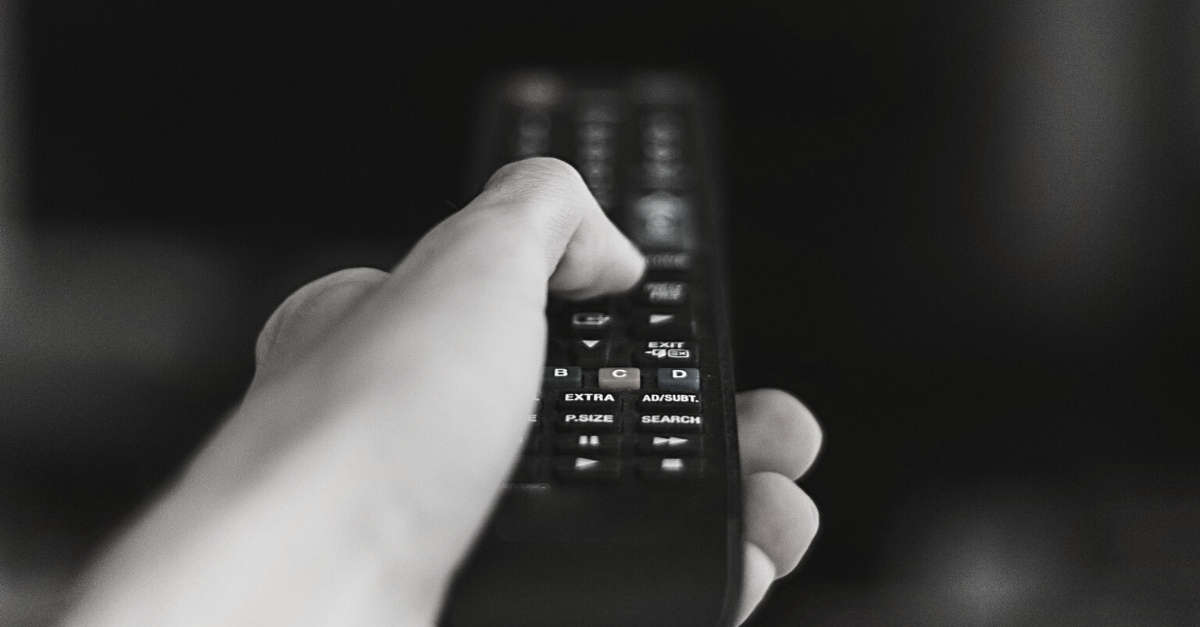Chances are you’re reading this because you are part of a team. You could be in a workplace team, a sports team or maybe you’re just getting started in management and want to understand the different types of teams. Whatever reason you’re here, we’re glad you snuck over to this side of the internet.
By definition, a team is a group of individuals who collaborate on related tasks to achieve a common goal. Whether it’s reaching a sales target, reducing safety incidences or reaching a team goal, collaboration and teamwork are essential. Teams generally have a list of set activities to take part in that can define their team in relation to the organisation – think ‘design team’, ‘sales team’ and ‘operations team’.
Learning about how different teams operate is useful for just about everyone. Science shows us that social interaction and teamwork contributed to our evolution as well as the size of our human brains. Isn’t that fascinating?
Read on to find out more about the different types of teams you’ll come across throughout your career and your life.
4 Different Types of Teams
#1: Functional Teams
Functional teams are permanent and include members of the same department with different responsibilities. A manager is responsible for everything and everyone reports to them. This is the typical top-down management approach that you’ll see in most organisations. Across all organisational teams, it’s important to prioritise workplace culture; the foundations of which are communication and trust.
To take your functional team to the next level, consider running a program in-house to improve communication by giving your team the tools to give feedback without causing offense. Additionally, it may be worthwhile getting clear on each individual teams’ goals, identity and preferred support methods to boost productivity and individual employee engagement.

#2: Cross-Functional Teams
Cross-functional teams are made up of individuals from various departments. These teams tackle specific tasks that require different inputs and expertise. This can happen when various teams need to work on a project together to get the best outcome. This can be a difficult dynamic to navigate if teams have been operating in a ‘silo’ approach up until the point of collaboration. It’s crucial that the different personalities and perspectives are embraced, and that everyone in the cross-functional team are working to their strengths.

#3: Self-Managed Teams
Generally, individuals in self-managed teams are employees of the same organisation who work together. Even though they may have a wide array of objectives, their aim is to reach a common goal. They operate without managers and are relatively autonomous, sharing responsibility and leadership. High-performing teams can often fall into this category.
People working in startups or small businesses may also find themselves in this type of team dynamic. It can be difficult for people who have worked in other types of teams for most of their career to adjust to this way of working, so there will likely be an adjustment period of sorts. It’s crucial that self-managed teams know how to deliver feedback and have tough conversations with tact. Without high levels of communication, trust, autonomy and mutual respect, self-managed teams will find it difficult to thrive.

#4: Virtual Teams
Virtual teams are made up of individuals who work in different physical locations and who use technology and collaboration tools to achieve a common goal.
With more employees looking for work from home opportunities, virtual teams will become much more common in the future of work. You may even have a few remote team members in your organisation right now who need to collaborate within a functional or cross-functional team.
It’s important for virtual team members to be involved from a cultural perspective within your organisation. Having face to face video calls and giving your team members the opportunity to connect on a personal relationship level will help to improve rapport and moral. We’ve already shared a bunch of info on creating a strong remote team culture, so give that a look when you have a moment.

Did you find this article useful? Be sure to share it with a fellow manager directly or better yet, give it a share on LinkedIn.
If you’d like to explore the topic of team dynamics further, we’d recommend taking a look at our article on how to turn your dysfunctional team into an effective team, it’s a real good read.



